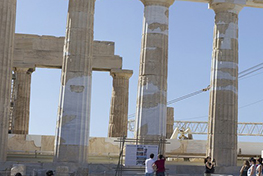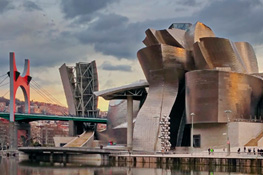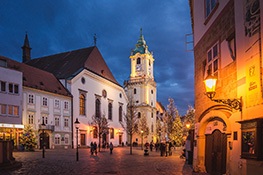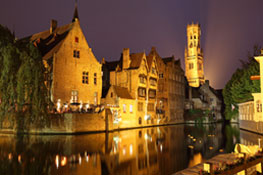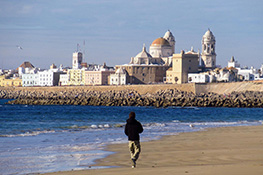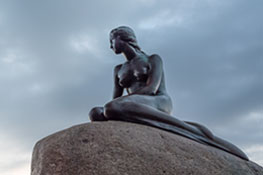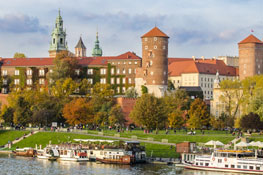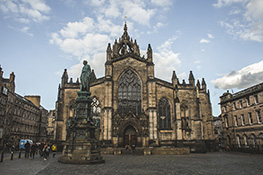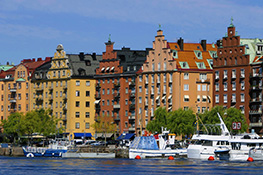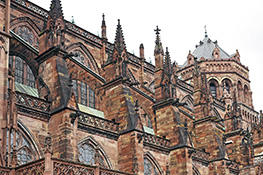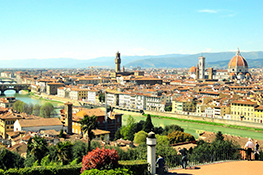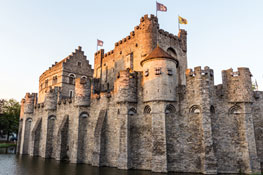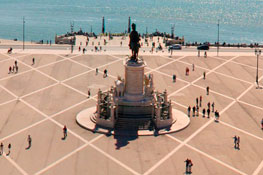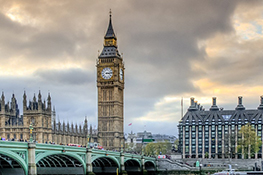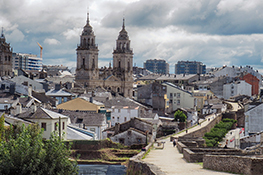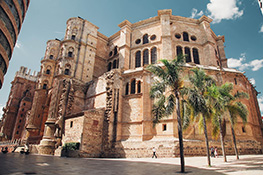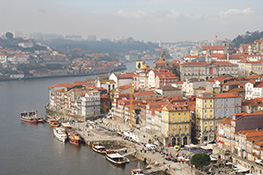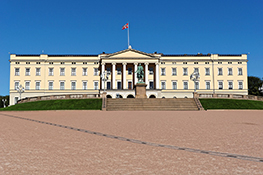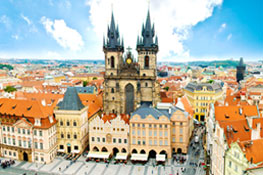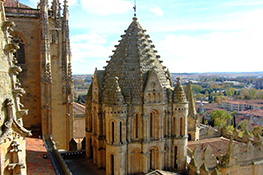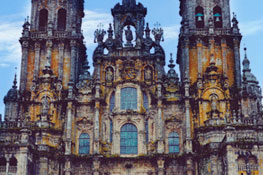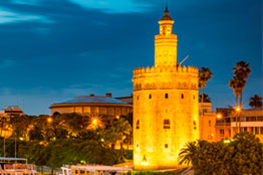Berlin is an inexhaustible city. From the dark passages of its Nazi history to the centers of urban and contemporary art. This great European city is an attractive and suggestive space that is well worth a visit.
One of the points of greatest historical interest, for what it meant in the dark black legend of 20th century Europe, is the Jewish quarter of Berlin, an area that was the scene of the bloodiest and cruelest acts of violence during the Third Reich. .
The Jewish quarter of Berlin or Scheunenviertel is today an interesting place to visit, as there are manystories and legends that surround those streets and buildings.
Where is the Jewish quarter of Berlin?
It is incredible to think what happened in those streets, considering that the Scheunenviertel is located in the heart of the city. Although it is true that it was always a depressed and marginal area.
There, history is inextricably linked with everyday life: places that were the stars of moments of horror are now artistic spaces, alternative shops and restaurants with interesting proposals that try to be haute cuisine.
Some clues that can be used to locate the Jewish quarter on the map of Berlin are that it is located north of Alexanderplatz, one of the busiest and most famous areas of the entire city, or that it is located, in what is now called the Mitte district. . Although there are not very clear delimitations, that is where the Jewish quarter of Berlin is.
What to see in the Jewish Quarter of Berlin
Focused on the historical part and the legends, the first visit that should be made is to the Otto Weidt house museum. It is about a workshop in which German citizen hid and saved from deportation (or even worse fates) many Jews, mostly deaf and blind.
The visit to the museum house is as interesting as it is exciting: the letters from its workers, photos of the moment, the preserved furniture from the time... causing goosebumps. Otto Weidt was one of the great heroes of life during the Nazi repression and in the figure of Otto Weidt other good anonymous men and women who risked their lives to save others are concretized.
Rosenstrasse square
It is, perhaps, the most obvious example of the horror that the Berlin Jews experienced. And it is because there is the Block der Frauen monument, an impressive sculpture, full of force, which represents one of the great historical moments: the peaceful demonstration of many women who stood up to demand the release of their husbands, unjustly imprisoned and sentenced to deportation.
The New Synagogue
A spectacular building standing on Oranienburger Street. It is the New Synagogue, a place that was bombed during the 1930s and that is today an important center for teaching Jewish knowledge. Inside there is an interesting museum that tells the story of the Jewish quarter of Berlin.
The Jewish Cemetery
Dozens of stones accumulate on the monument located at the gates of the Jewish cemetery in Berlin. It is a usual sign of respect in the burials of the faithful of the old religion of Abraham.
The sculpture, which shows starving women, men and children, almost dead in life, is made by the artists Will and Mark Lambert in memory of all those thousands of Jews who were mistreated to death by Hitler's henchmen.
A walk through its streets
Urban art, so popular in Berlin, has managed to combine very well with the memory of pain that these streets collect. That is why a simple walk through the limits of the Jewish quarter of Berlin is already an experience of remembrance and homage.
Also, as a perpetual evocation, there are dozens of plaques on the ground that show the name and some personal data of Jews that were eliminated in the final solution. It is a way of bearing witness to the horror, of not forgetting the mistakes of the past.



